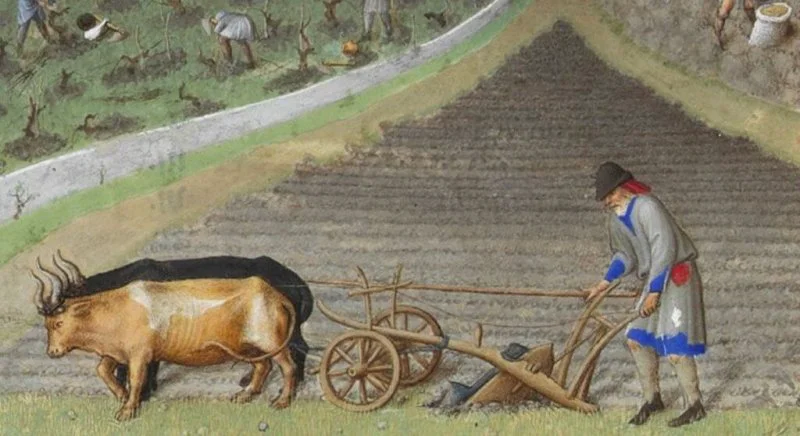Viewpoint: ‘Slow food’ movement remains an aesthetic model for the elite — and doesn’t produce a sustainable food system
Viewpoint: ‘Slow food’ movement remains an aesthetic model for the elite — and doesn’t produce a sustainable food system


There is something especially sinister about telling people that the way to eat healthfully, morally, and sustainably requires more work — especially when slow food really does little to ensure a healthy, moral, or sustainable food system, nor one that treats farm and food-processing labor any better.
In fact, small farms are as likely and maybe more likely to treat workers poorly, and often rely on unpaid family labor to remain productive. It may seem counterintuitive, but larger agricultural producers typically receive greater labor oversight and are more amenable to collective bargaining than smaller producers due to public scrutiny.
The long-term evolution of food systems toward larger-scale, more technological, and less labor-intensive production has been a boon for the environment as well.
Three-quarters of global deforestation occurred prior to the industrialization of agriculture, as low-productivity food systems required not only vast populations to spend most of their time growing food but vast amounts of land.
There is no shortage of environmental consequences associated with our present, increasingly globalized food system. But it also allows 8 billion people to eat more caloric and protein-rich diets, uses land and many other inputs far more efficiently than preindustrial food systems.
This is an excerpt. Read the original post here.

 | Videos | More... |

Video: Nuclear energy will destroy us? Global warming is an existential threat? Chemicals are massacring bees? Donate to the Green Industrial Complex!
 | Bees & Pollinators | More... |

GLP podcast: Science journalism is a mess. Here’s how to fix it

Mosquito massacre: Can we safely tackle malaria with a CRISPR gene drive?

Are we facing an ‘Insect Apocalypse’ caused by ‘intensive, industrial’ farming and agricultural chemicals? The media say yes; Science says ‘no’
 | Infographics | More... |

Infographic: Global regulatory and health research agencies on whether glyphosate causes cancer
 | GMO FAQs | More... |

Why is there controversy over GMO foods but not GMO drugs?

How are GMOs labeled around the world?

How does genetic engineering differ from conventional breeding?
 | GLP Profiles | More... |

Alex Jones: Right-wing conspiracy theorist stokes fear of GMOs, pesticides to sell ‘health supplements’




 Viewpoint — Fact checking MAHA mythmakers: How wellness influencers and RFK, Jr. undermine American science and health
Viewpoint — Fact checking MAHA mythmakers: How wellness influencers and RFK, Jr. undermine American science and health Viewpoint: Video — Big Solar is gobbling up productive agricultural land and hurting farmers yet providing little energy or sustainabilty gains
Viewpoint: Video — Big Solar is gobbling up productive agricultural land and hurting farmers yet providing little energy or sustainabilty gains Trust issues: What happens when therapists use ChatGPT?
Trust issues: What happens when therapists use ChatGPT? Fighting deforestation with CO2: Biotechnology breakthrough creates sustainable palm oil alternative for cosmetics
Fighting deforestation with CO2: Biotechnology breakthrough creates sustainable palm oil alternative for cosmetics California, Washington, Oregon forge immunization alliance to safeguard vaccine access against federal undermining
California, Washington, Oregon forge immunization alliance to safeguard vaccine access against federal undermining 30-year-old tomato line shows genetic resistance to devastating virus
30-year-old tomato line shows genetic resistance to devastating virus The free-range chicken dilemma: Better for birds, but with substantial costs
The free-range chicken dilemma: Better for birds, but with substantial costs ‘You have to treat the brain first’: Rethinking chronic pain with Sanjay Gupta
‘You have to treat the brain first’: Rethinking chronic pain with Sanjay Gupta
